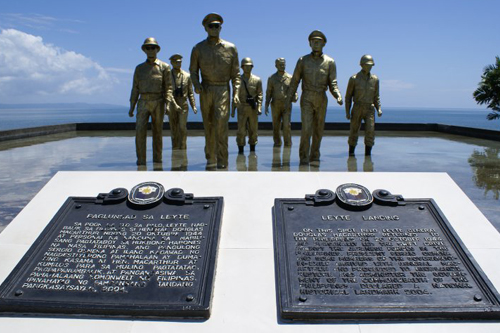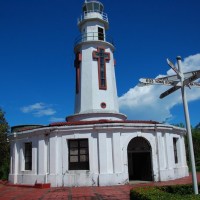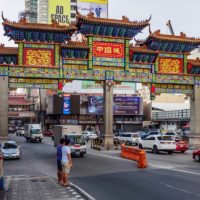

About Leyte
Leyte is one of the Philippines’ most historic provinces as it has witnessed many significant events that formed the history of the country. Being the site not only of a major rebellion against the Spaniards, Leyte is also the famous landing site of the US forces during World War II led by General Douglas MacArthur.
Leyte is passed through by many low mountain ranges similar to Samar and Visayan Islands. A rugged and impassable ridge runs from the northwestern section to the southeastern extremities. Many extinct volcanoes are also found in this province, the most important of which is Mahagnao.
Leyte is bounded on the north by Carigara Bay, San Juanico Strait and Leyte Gulf on the east, the Visayan Sea and Ormoc Sea on the west, and Southern Leyte on the south. The capital city is Tacloban which has the the most important seaport on the eastern coast while Ormoc City is the primary outlet on the western coast.
Leyte is home to the following interesting tourist destinations:
- The San Juanico Bridge. Tagged as the longest bridge in the country, the San Juanico Bridge allows tourists who pass by the bridge to see marine species well preserved and taken care of the provincial government. A breathtaking sight of the waters of San Juanico Strait is enough to make this land the top 5 tourist spots in Leyte.
- The General Douglas MacArthur Landing Memorial. This is situated at Red Beach in Palo. The memorial features statues depicting the historical and victorious return of the American Liberation Forces led by U.S. General Douglas MacArthur, which happened in 1944. These statues are visible from a distance as they are more than 10 feet in height.
- The Santo Nino Shrine and Heritage Museum. This museum displays the most important artifacts and relics associated with the culture, heritage, and history of the province. Several structures and images depicting local myths like “Malakas and Maganda” are built within the premises of the museum.
- Our Lady of Assumption Church. This church is visited yearly by thousands of devotees from the province. The church’s historical and architectural value make it an attractive tourist spot in the province.
- Sun ok Fish Sanctuary. This is a well-maintained fish haven where tourists can find various types of coral reefs and exotic marine life. A visit to this sanctuary may be followed by rock climbing in the nearby rocky hill.
- The Yamashita Lines. This follows a 50 kilometer stretch along the national highway from Puntapina of the Capoocan-Kananga boundary in the north, through the heart of Ormoc, passing through the mountain in the east and down to the Palanas River of Albuera in the south. It is also known as the Ormoc Corridor during the Japanese invasion.
- Lake Kasudsuran. This is a 5 hectare lake within the forest of Barangay Gaas, Mt. Janagdan of Baybay, Leyte.
- Sogod Bay. This is where big fish sanctuaries are found making it an excellent dive site and other water sports activities.
- The Mahagnao National Park. This park has beautiful and unexploited virgin forests where one can see amazing craters, hot spring, multi-colored mud and rocks, and a variety of orchids and beautiful flora species.
- Red Beach. This is the famous landing site of the US Allied Forces during World War II. It is located along the shores of Palo.
- Agua Dulce Artesian Well is located in Ormoc City. There were six flowing wells constructed in the city during the Spanish time. Agua Dulce and three other wells are still existing and are the major sources of Ormocanos drinking water.
Binagol and Choco Moron are local delicacies you shouldn’t miss when you visit Leyte. Binagol is made from a Taro variant cooked with coconut milk and peanuts. It is placed in a coconut shell where they derived the name. It has brown, creamy filling which gives it a distinct taste. On the other hand, Choco Moron is a mixture of glutinous rice, coconut milk and cocoa or tablea. It is similar to suman only with a twist of chocolate zest and could sometimes have cheese stuffed in the middle.
Visiting Leyte is surely a one-of-a-kind experience for it fosters history, culture, beautiful marine life, extreme adventures, a bit of renaissance, warm people, and mouth-watering local delicacies. The island of Leyte is just one of the Philippines pride when it comes to tourism. There are more historical sites to explore and beautiful places to discover.





